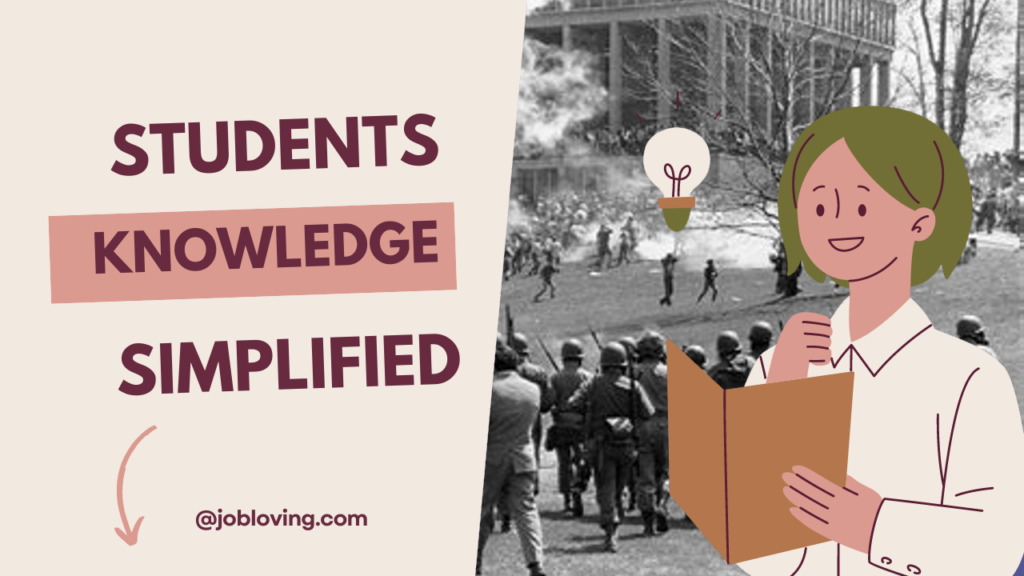On a fateful day, May 4, 1970, the serene campus of Kent State University in Ohio found itself at the heart of a moment that would become a chilling chapter in American history. As students gathered to protest against the Vietnam War, tensions escalated, leading to a catastrophic decision made by the National Guard. In just 13 seconds, four students were shot and killed, and nine others wounded—this incident would later be etched into the national consciousness as the Kent State shootings.
To put the gravity of the situation into perspective, the National Guard unleashed approximately 67 rounds on unarmed students, a striking number that raises eyebrows even decades later. Among those who lost their lives were Allison Krause, Jeffrey Miller, Sandra Scheuer, and William Knox Schroeder, aged just 19 to 20. Each name carries a story, one filled with the promise of youth and the thirst for change that captured their generation.
This tragic event didn’t occur in a vacuum; it was the climax of escalating tensions surrounding the U.S. involvement in Indochina. Just days before, President Nixon had shocked the public with his announcement of the Cambodian Incursion. Students united in their outrage, culminating in a protest that attracted around 3,000 participants, with about 500 actively protesting against the National Guard’s presence on their campus. The fact that one of the students killed was shot in the back adds a particularly haunting layer to the account of that day.
The aftermath of the Kent State massacre was not merely a local response; it reverberated across the nation. The incident ignited a widespread wave of student strikes that engulfed over 400 colleges, closing hundreds of them in solidarity with the Kent State victims. This was the first general student strike in U.S. history. Eyewitnesses captured harrowing images of despair, encapsulating the raw emotion and outrage that the nation felt.
Fast forward to today, and the Kent State shootings continue to symbolize the dire consequences of political dissent and the militarization of domestic protests. The legacy of this tragedy forces current and future generations to confront the ongoing struggles for civil rights and free speech. Memorials today serve both as a tribute to the lives lost and a poignant reminder of the dangers posed by escalating conflict within one’s own society.
Perhaps the most heartbreaking aspect of this story is that it remains a focal point in conversations about government repression amidst political dissent. The rebuttal to H.R. Haldeman’s claims that Kent State influenced national politics underscores the complex interplay between the events of that day and the eventual unraveling of the Watergate scandal. At its core, the Kent State incident serves as a stark reminder that the specter of violence in pursuit of control can lead to profound societal consequences.
As we remember what happened that day, it is essential to ensure that the historical narrative surrounding Kent State remains clear and accurate. The events of May 4, 1970, are more than just numbers; they tell a story of youth, conflict, and an enduring battle for justice. Each year, the nation pauses to reflect on Kent State, as the echoes of those gunshots remind us of the ongoing fight for peace and equality amidst politically charged landscapes.
What broader social implications did the Kent State shootings have on American society?
The Kent State shootings sparked widespread outrage and led to a nationwide student strike involving over 4 million students, significantly impacting public opinion regarding the Vietnam War and highlighting the dangers of militarized responses to civil unrest. This incident became a pivotal moment in the history of American civil rights and protests, influencing activism and political engagement among students across the country.
How did the Kent State incident influence future policies regarding student protests?
The aftermath of the Kent State shootings resulted in increased scrutiny of law enforcement’s use of force and led to changes in policies regarding the treatment of student protests nationwide. The tragic events underscored the need for more humane and measured responses to civil unrest, shaping how authorities engage with student activism in the future.
In what ways did the Kent State shootings affect public perception of the Vietnam War?
The Kent State shootings significantly shifted public opinion regarding the Vietnam War, as they occurred amidst growing protests against U.S. involvement in Vietnam and Cambodia. The violent confrontation highlighted the severe consequences of political dissent, leading many to question the government’s actions and policies during a socially contentious period.
What role did media coverage play in shaping the narrative around the Kent State shootings?
Eyewitness accounts and media coverage played a crucial role in shaping public perception of the Kent State shootings. Powerful images and reports of the tragedy circulated widely, influencing the national discourse on student rights, free speech, and governmental repression, and ensuring that the events of May 4, 1970, remained a significant part of American historical memory.

